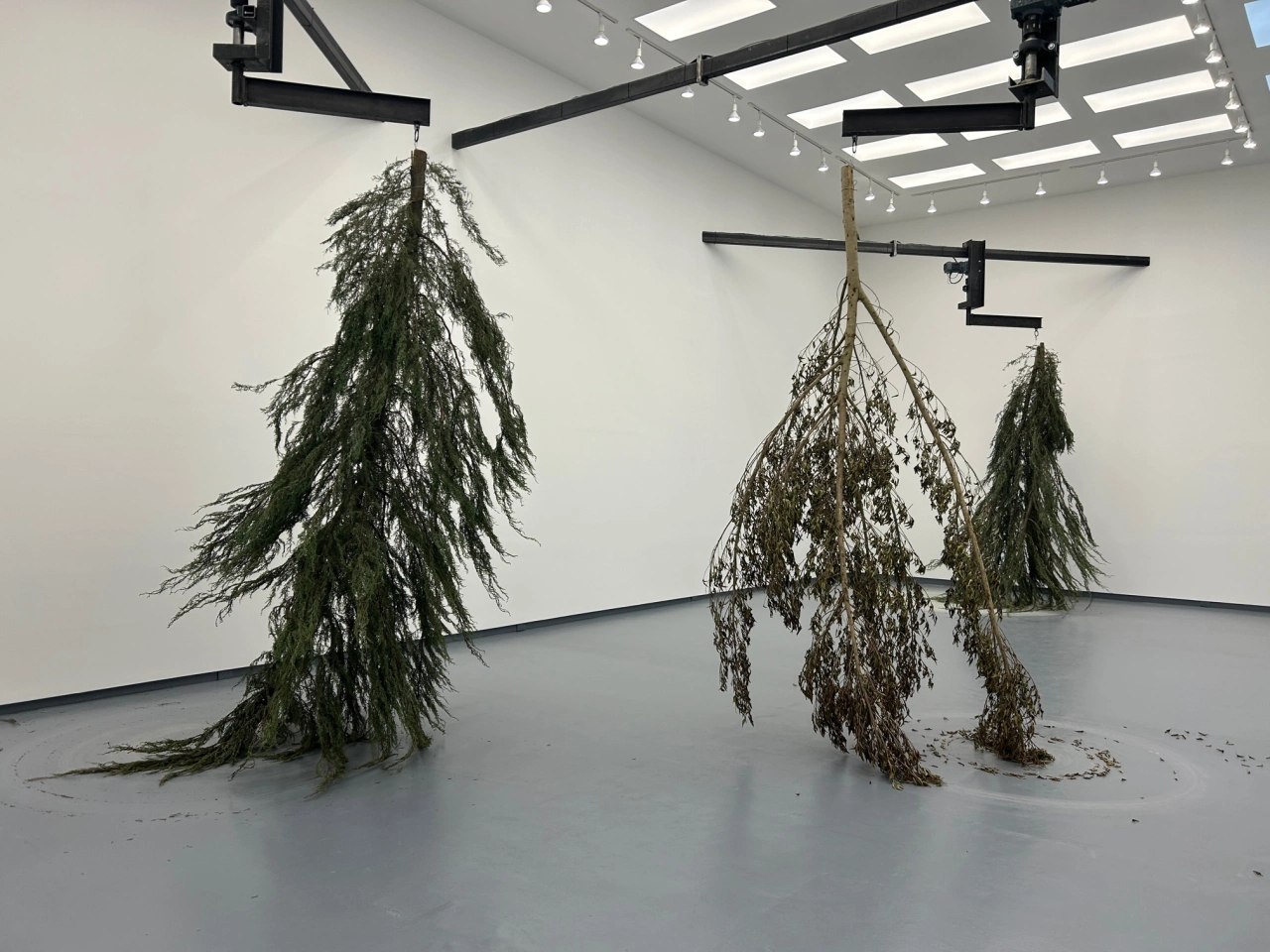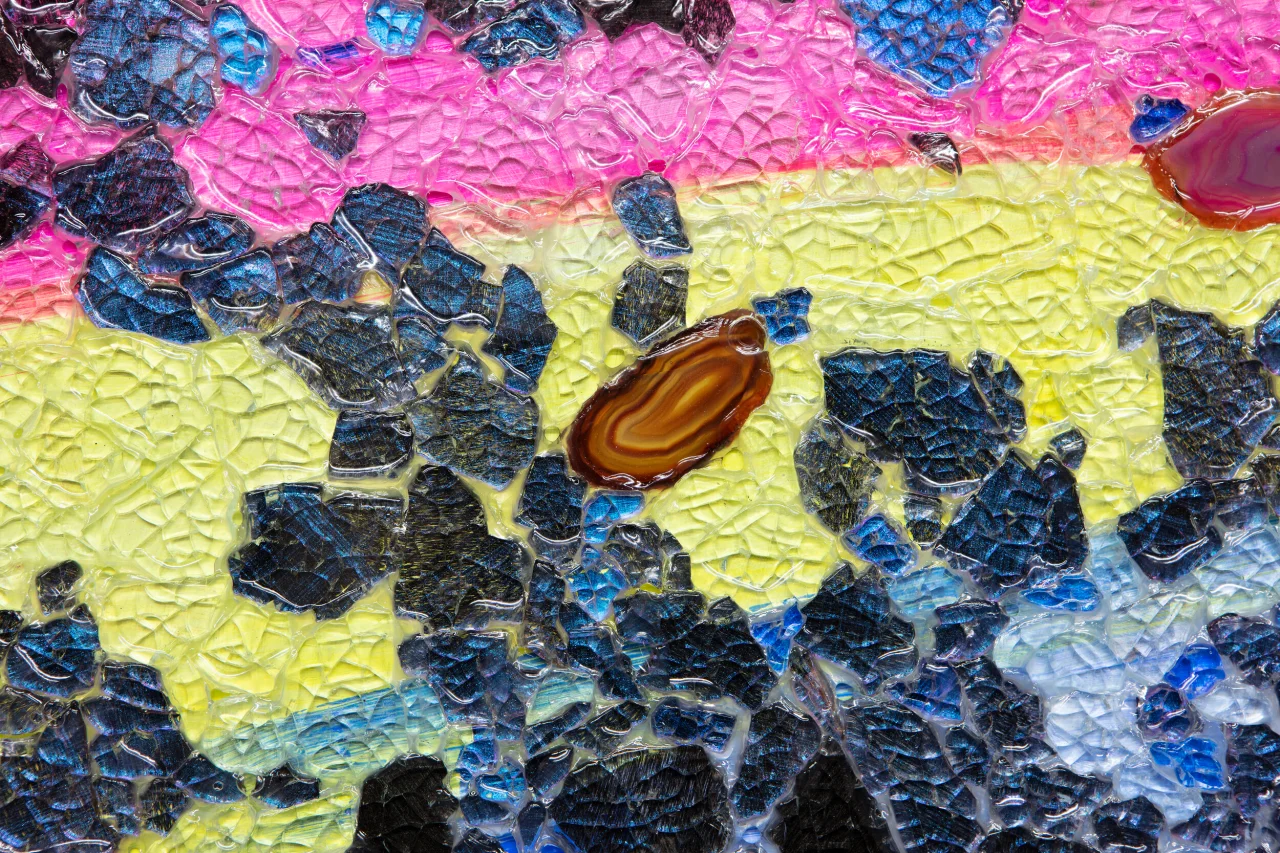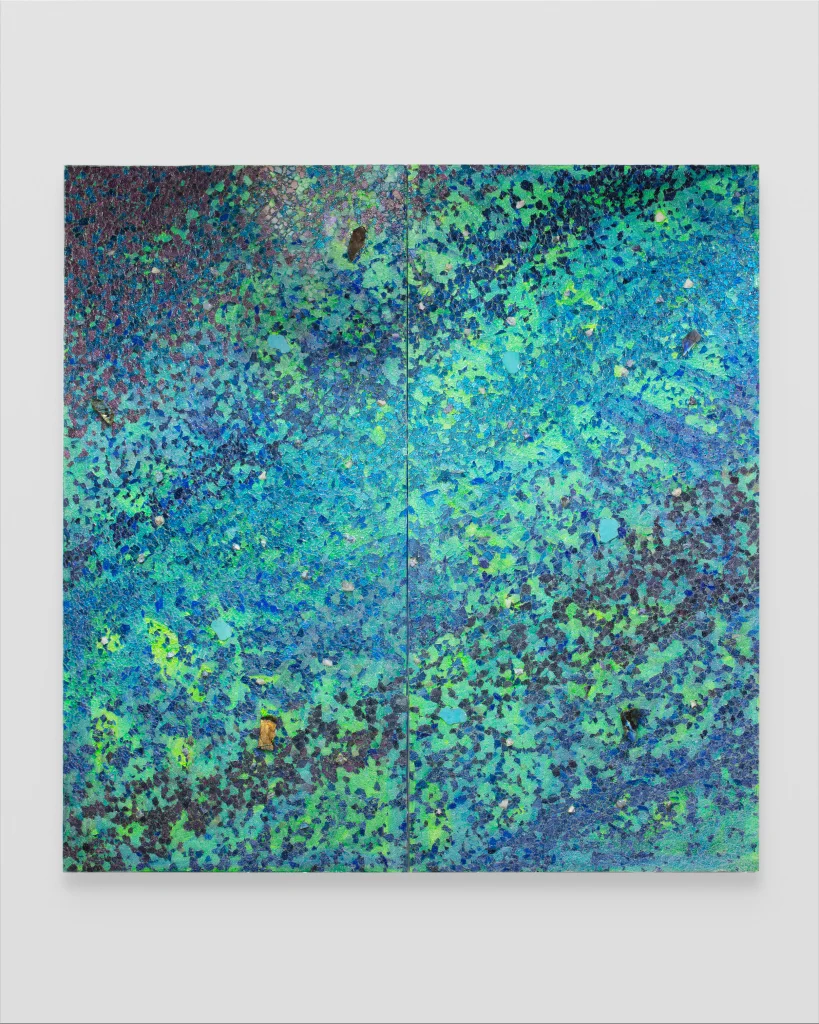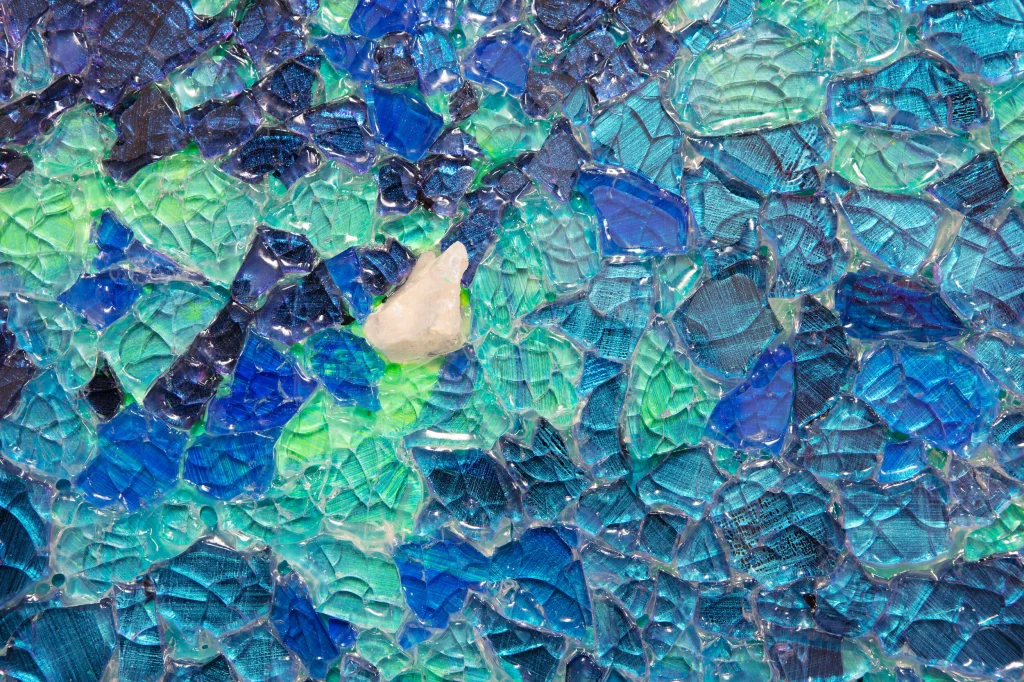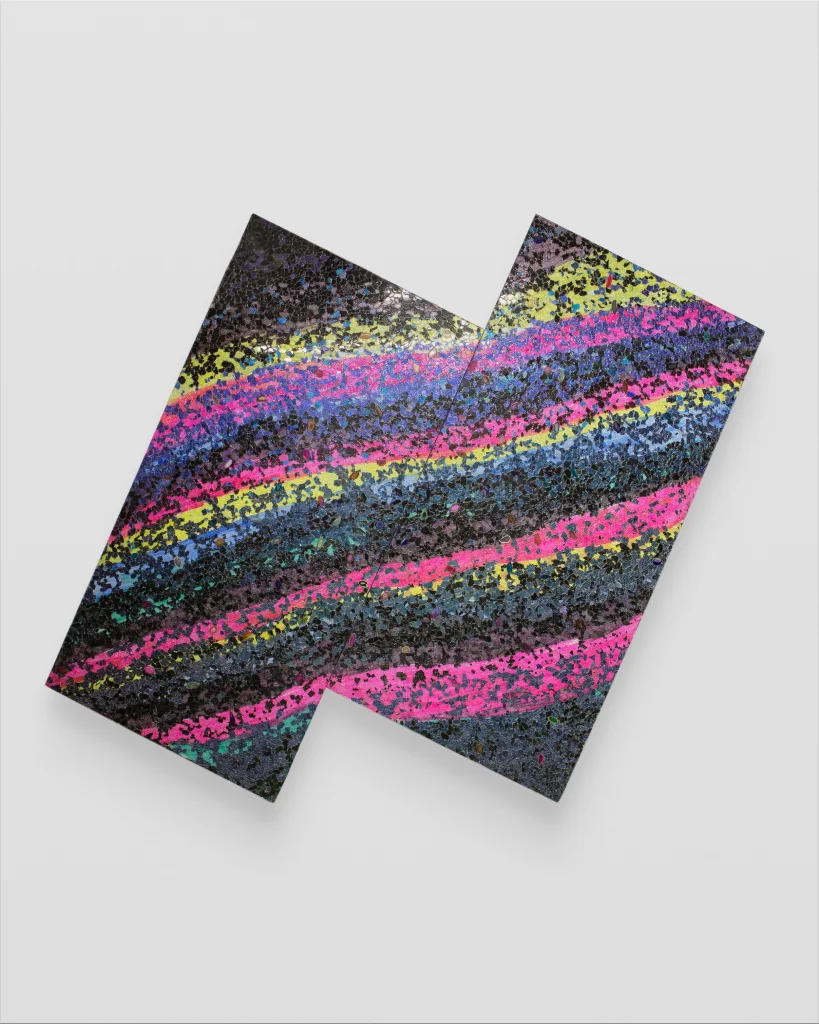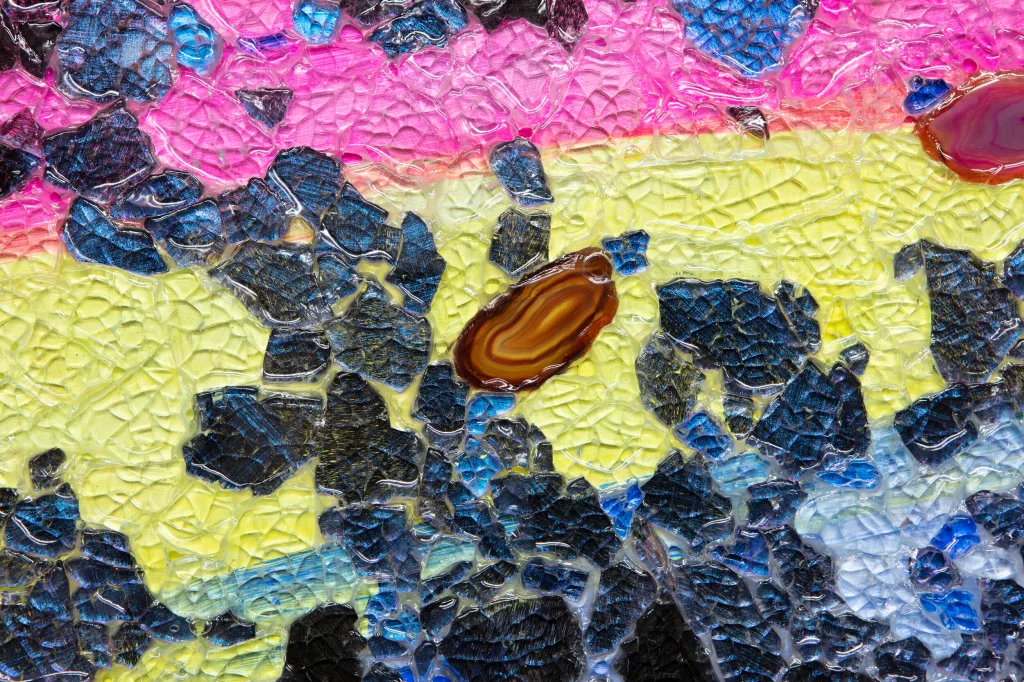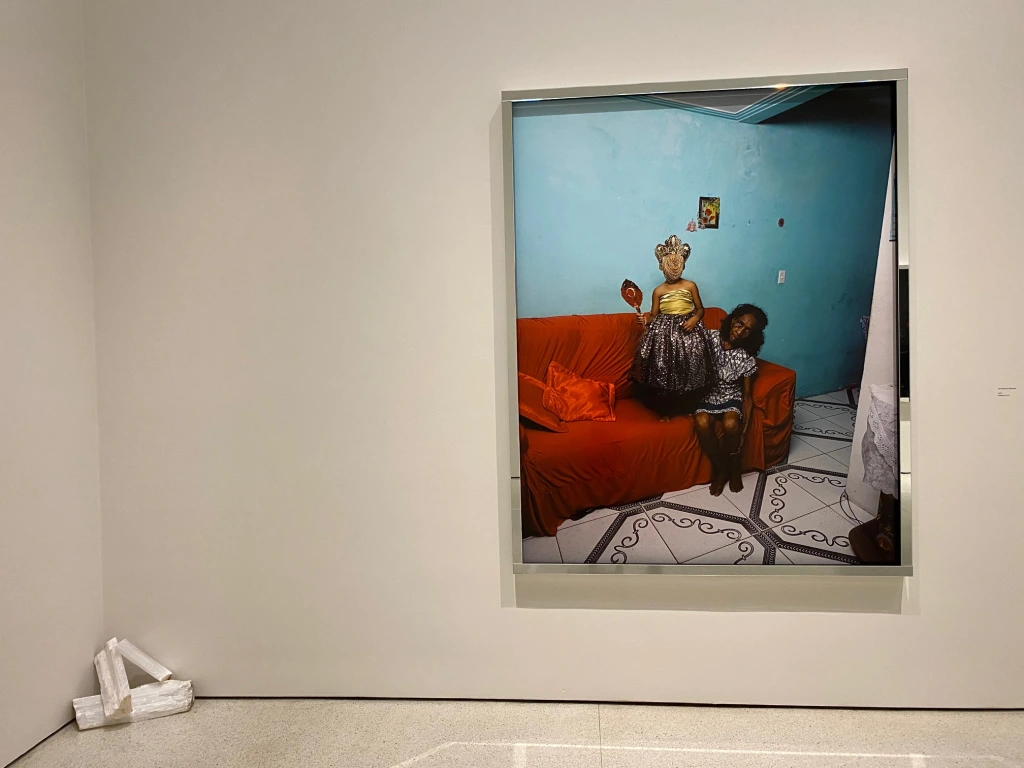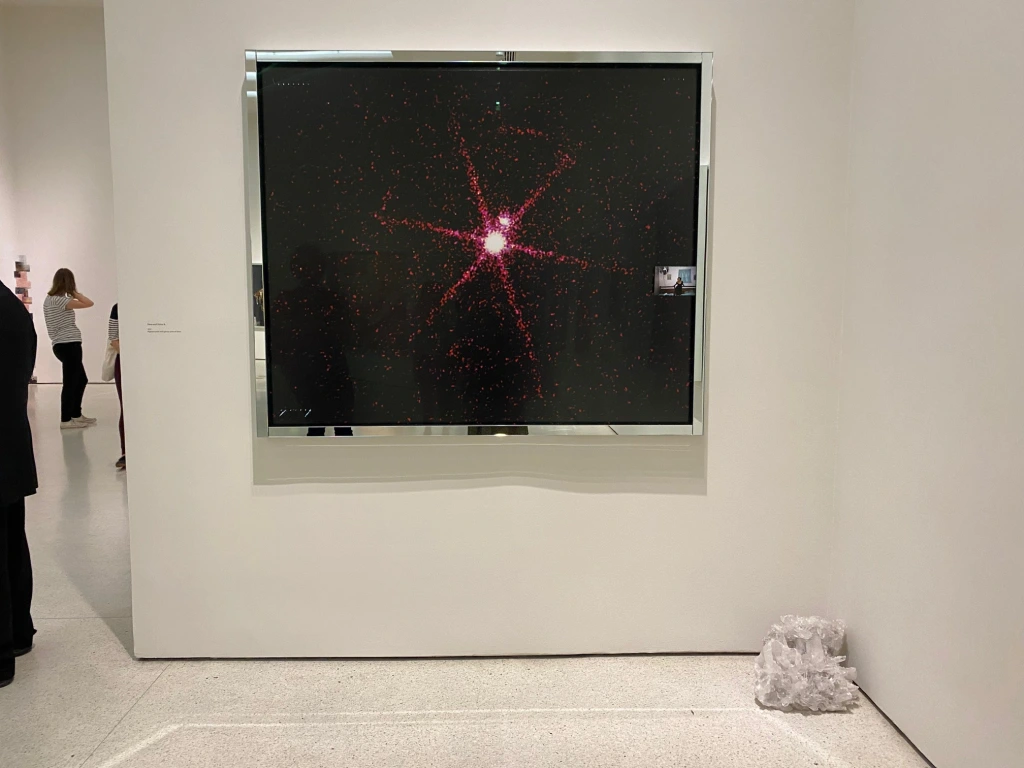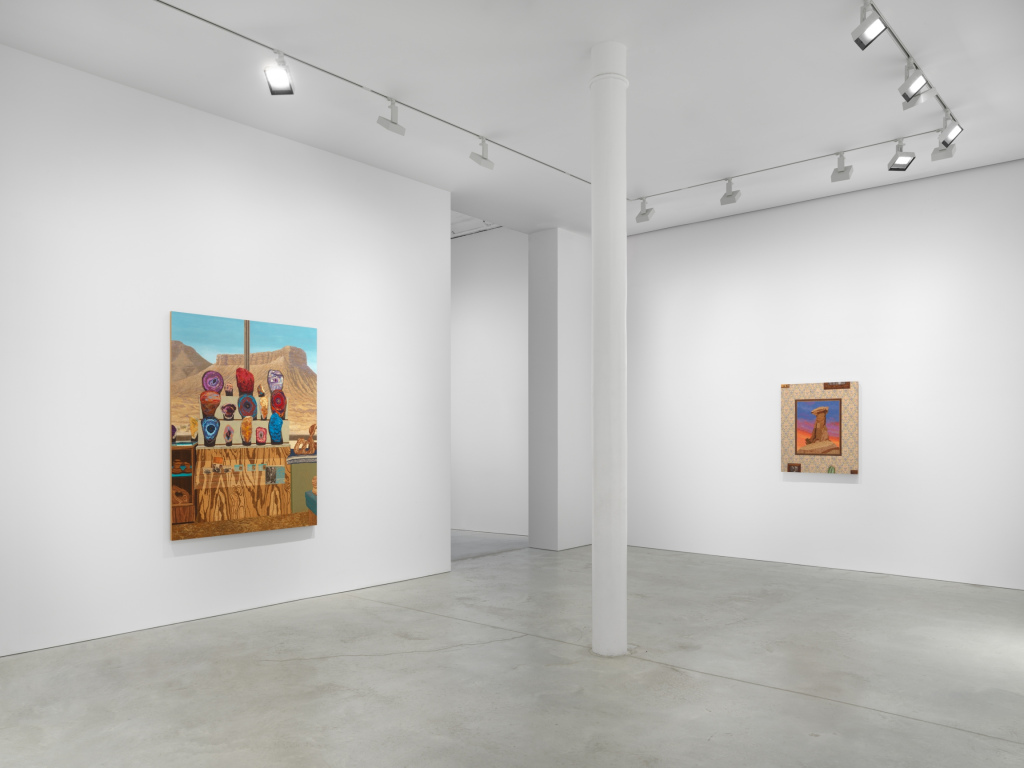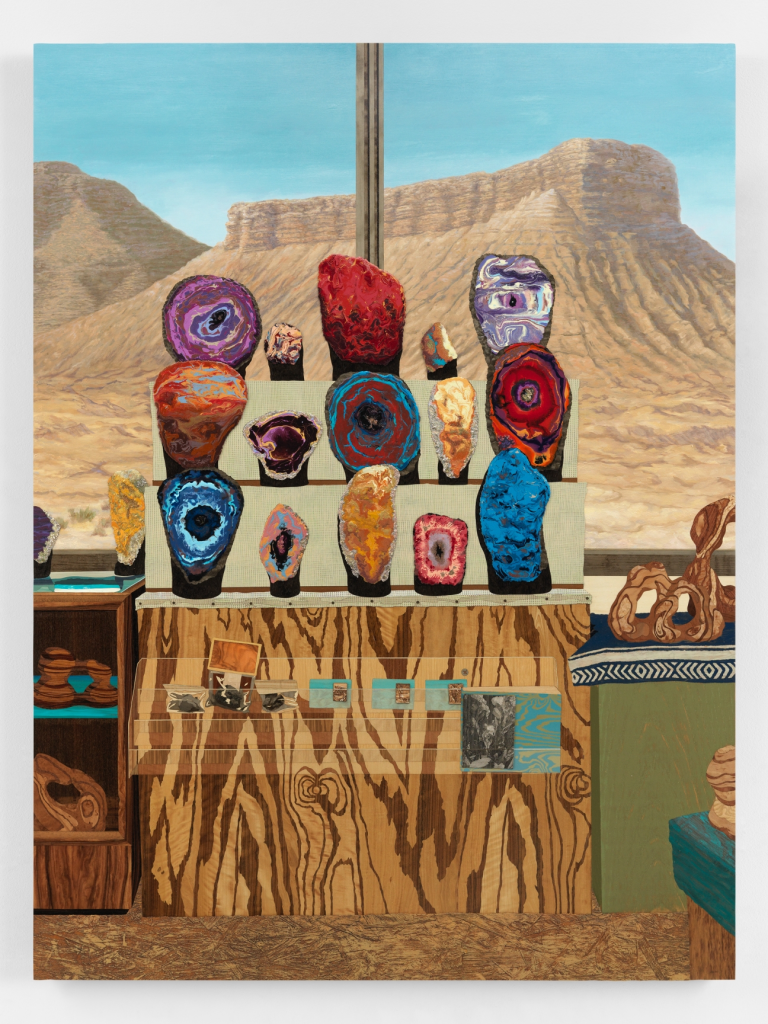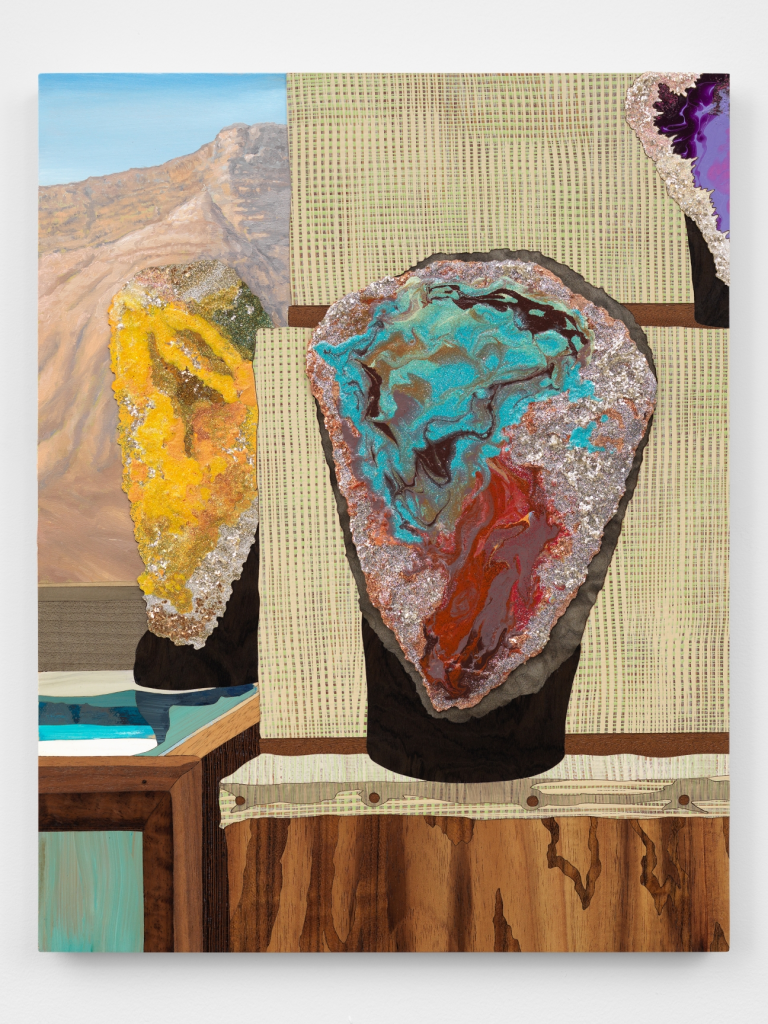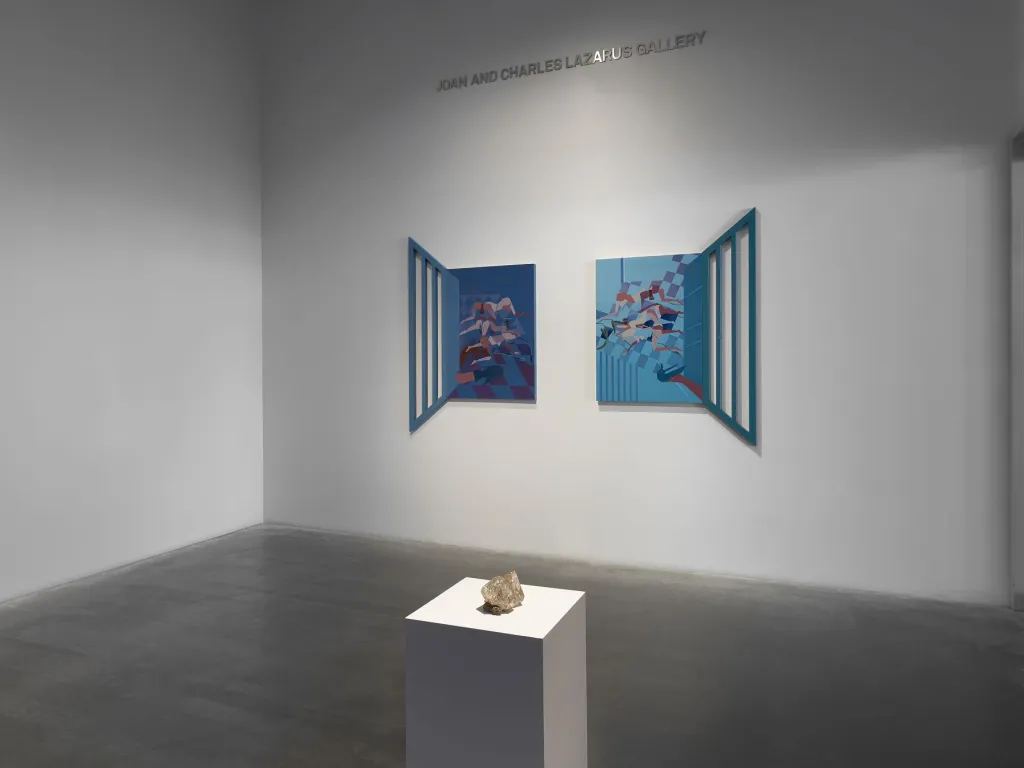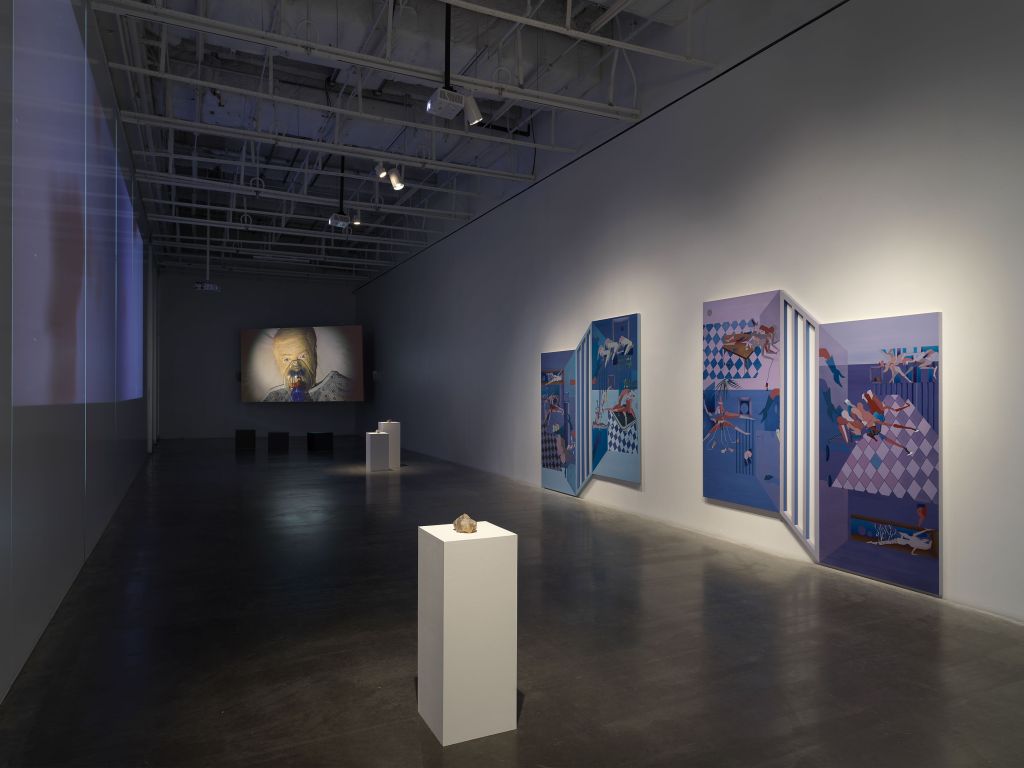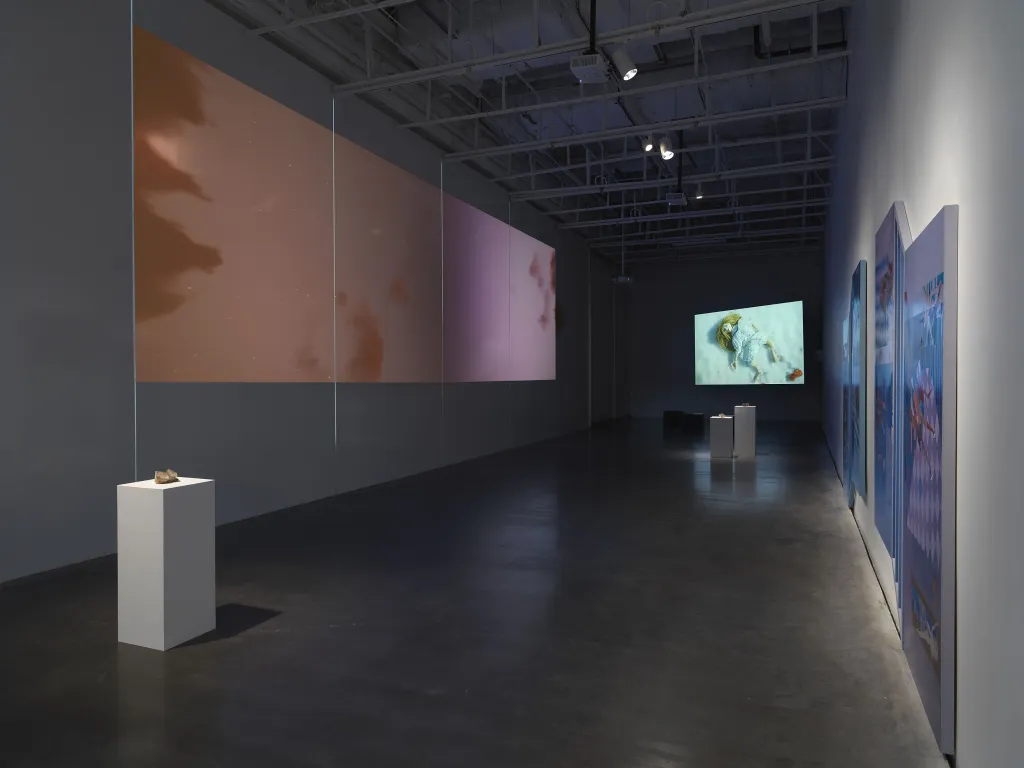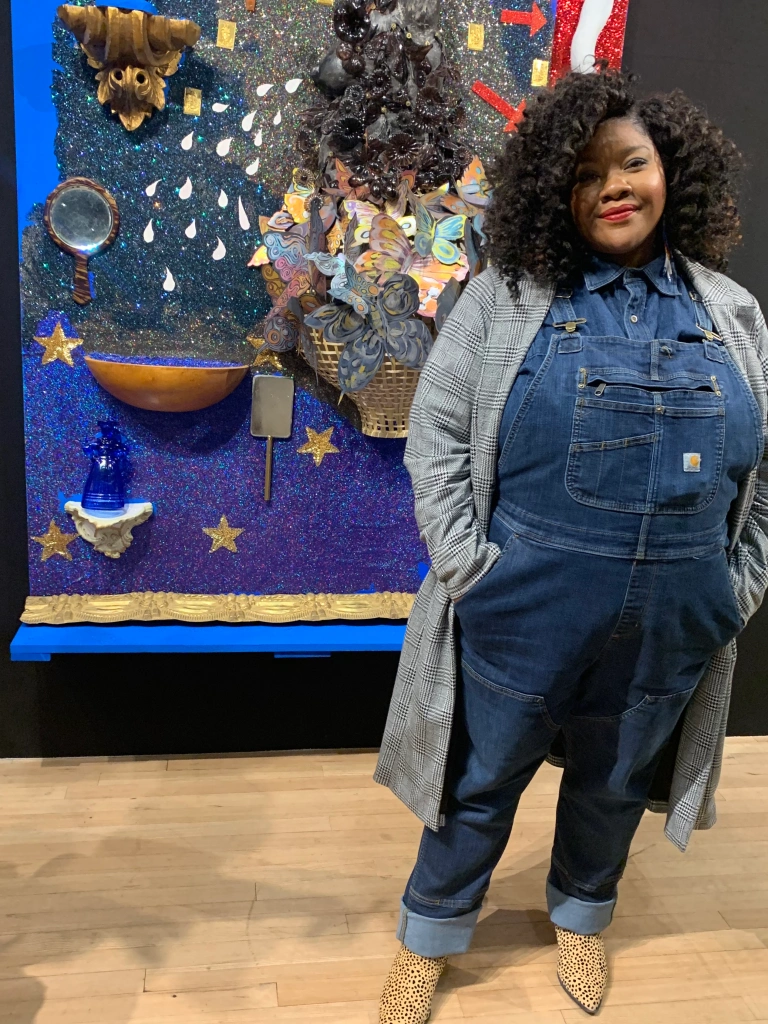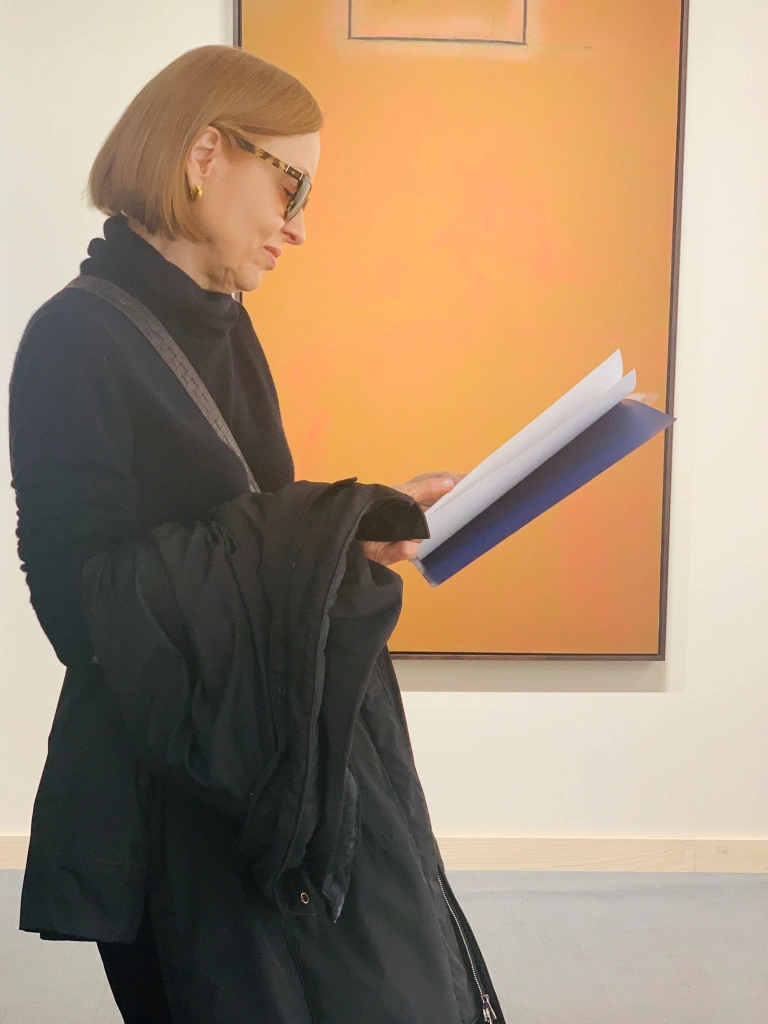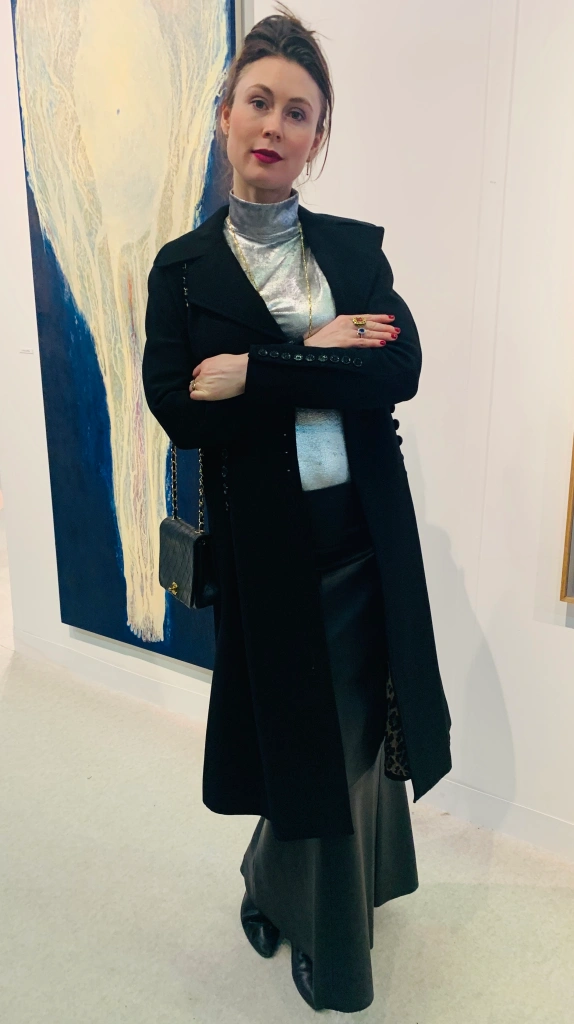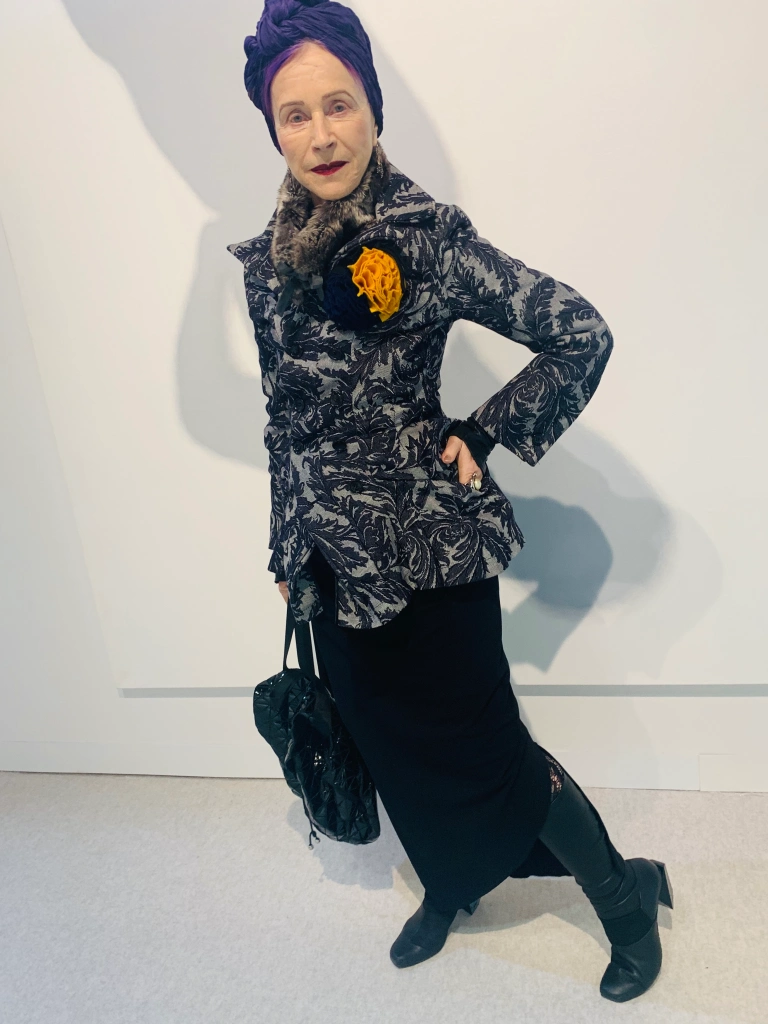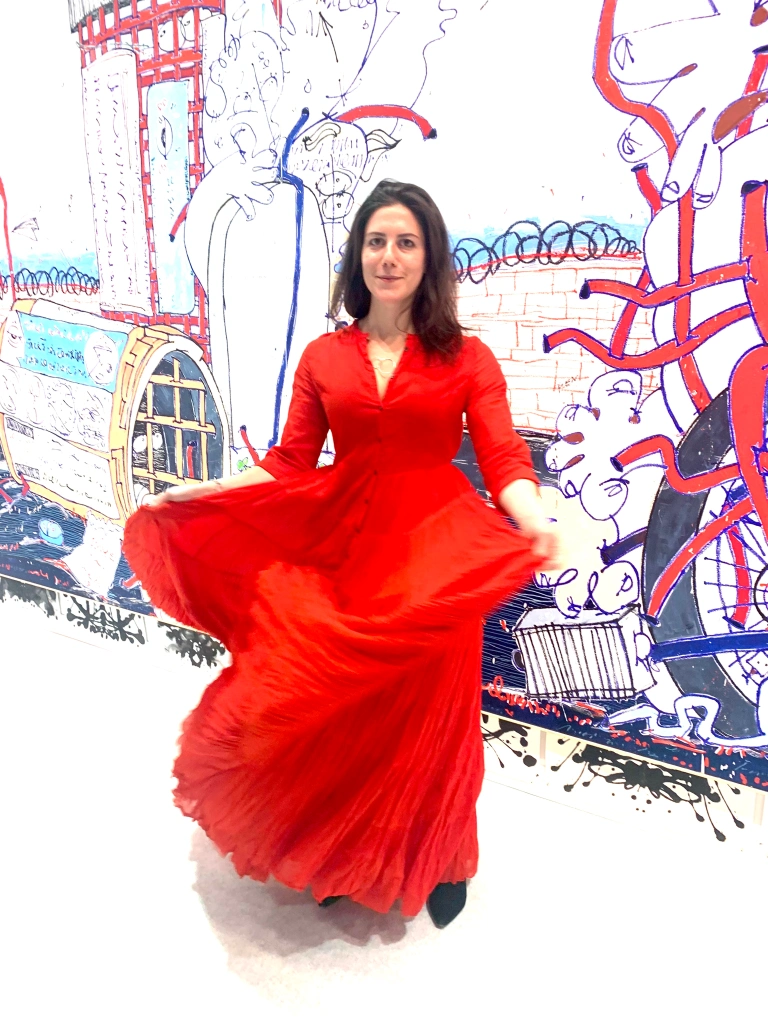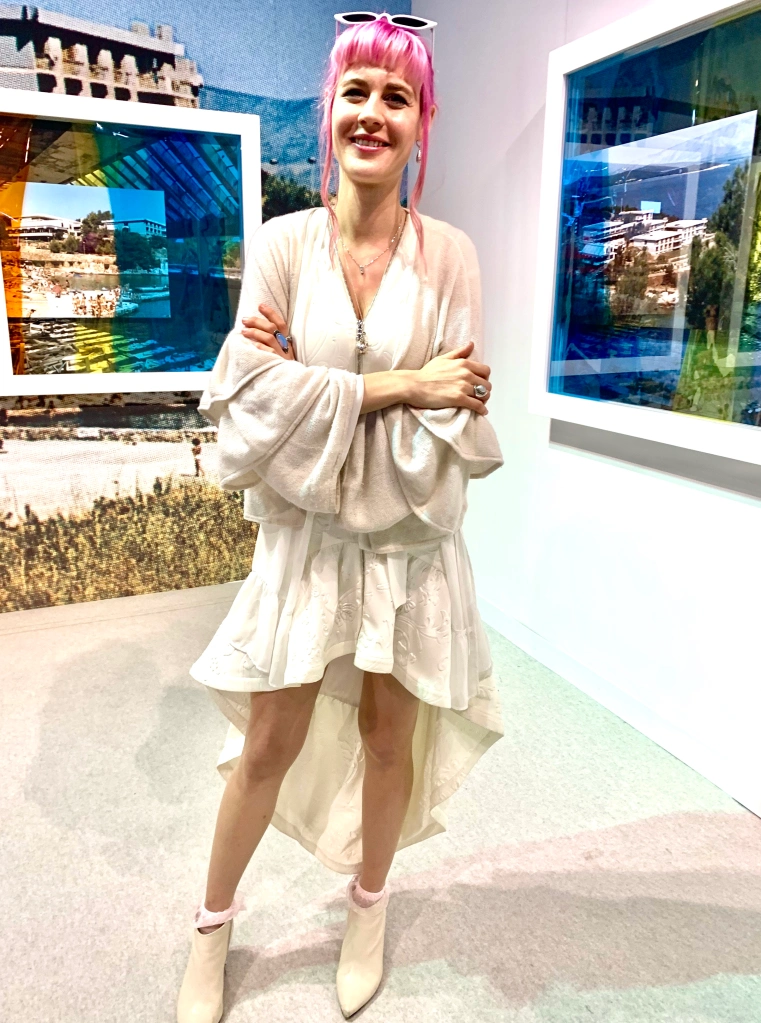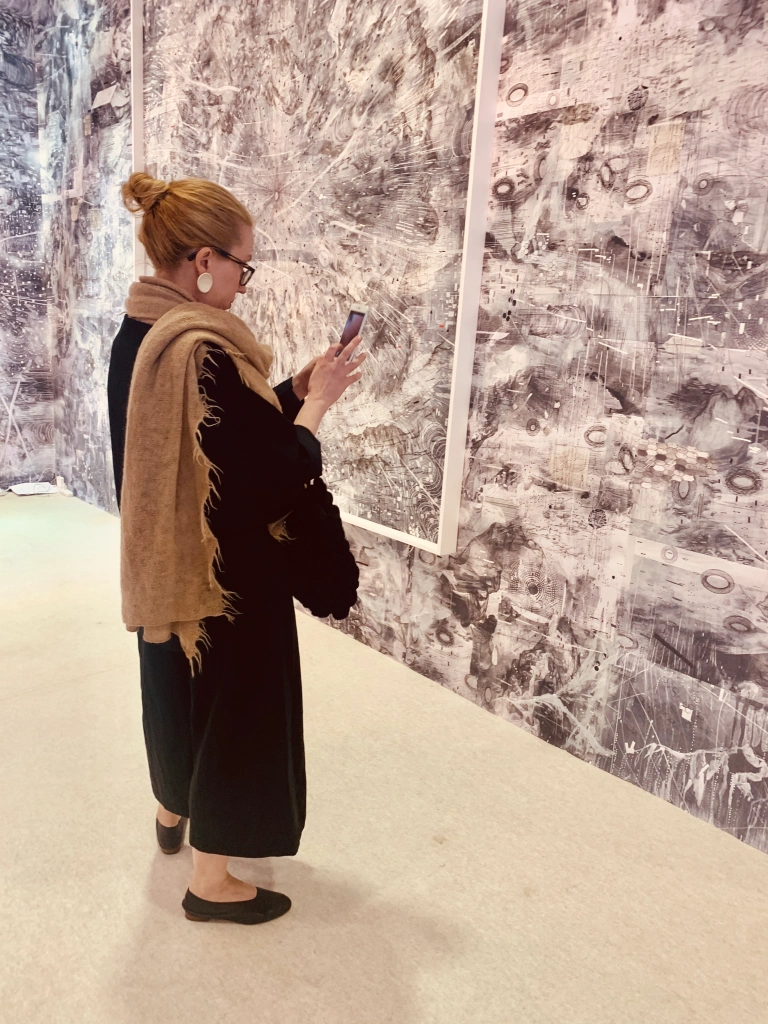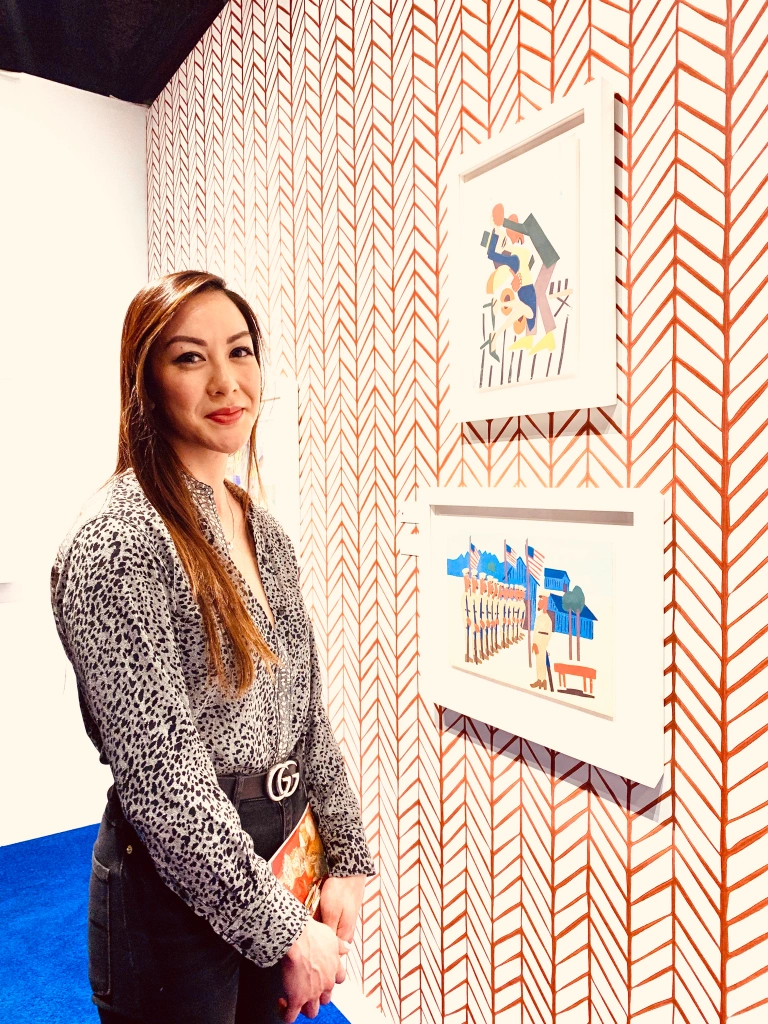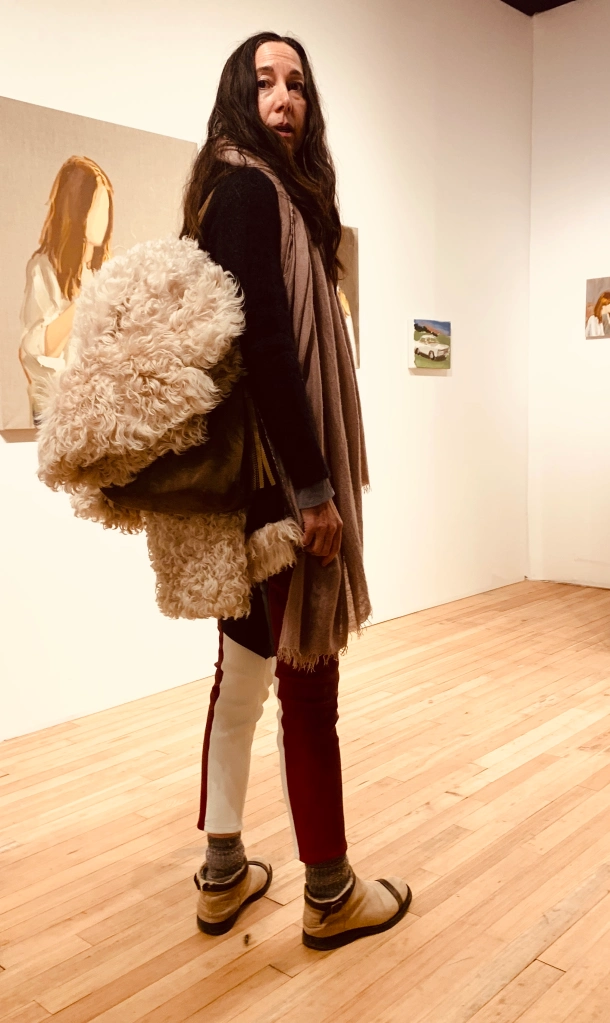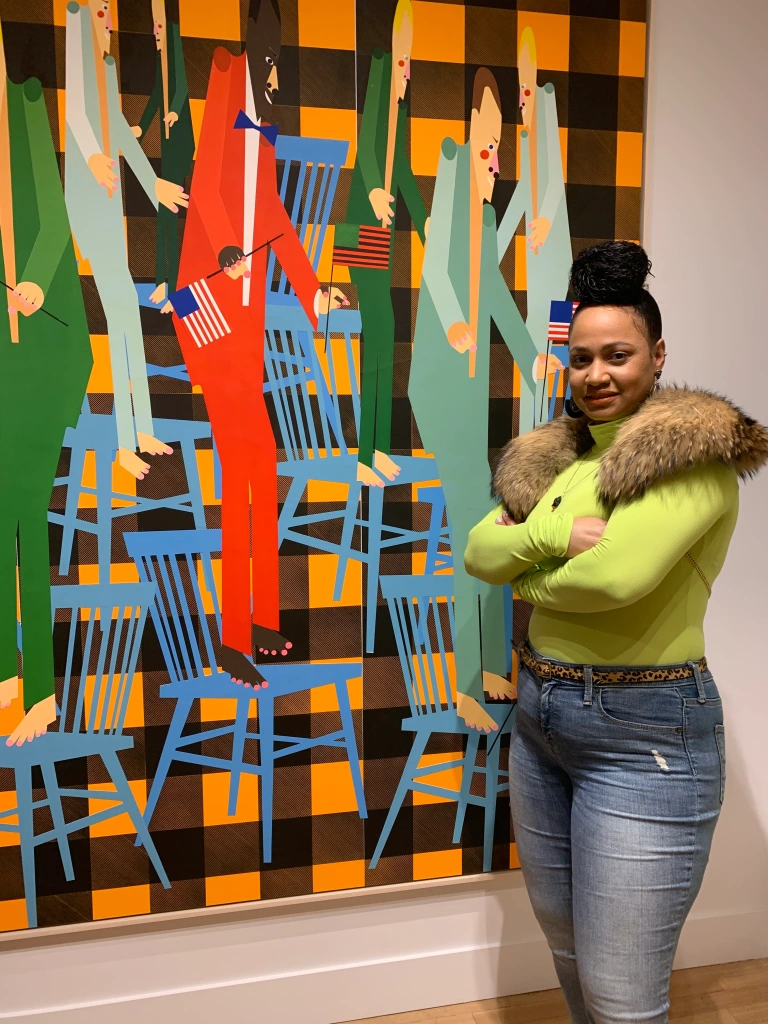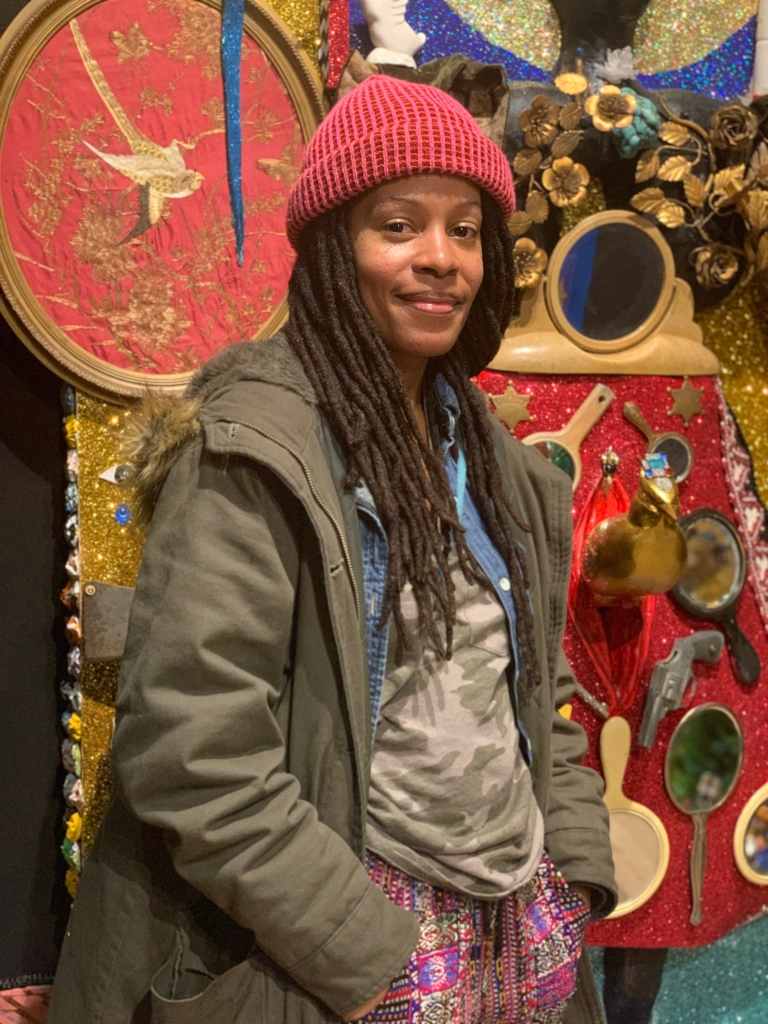Above: Michael Sailsltorfer: Clearing at Proyectos Monclova in Mexico City. Courtesy of the author.
This article was originally published in Whitehot Magazine.
Michael Sailstorfer: Clearing on view at Proyectos Monclova through April 1, 2023. Courtesy of the author.
By Alexandra Goldman
It would behoove most for-profit galleries to feature a sellable show to run concurrently with their local major art fair. At this year’s nineteenth edition of Zona Maco in Mexico City, the prominent Polanco gallery Proyectos Monclova made the bold decision to instead display a highly unsellable installation by Michael Sailstorfer in its main ground floor exhibition space.
Last year in the same gallery space during Zona Maco, Proyectos Monclova presented a solo exhibition of about fifty intimately sized, colorful, square wall-hanging works by Gabriel De La Mora titled, Psicotropical. Far from what one might imagine as traditional geometric abstract paintings or op-art, De La Mora’s works on view were mosaics created out of exquisite organic materials, such as naturally iridescent butterfly wings and obsidian. They look like abstract paintings from a distance, but up close, reveal themselves to be technically intricate, perplexing conceptual art objects that, fortunately for the gallery, would look breathtaking in most living rooms.
This year, Monclova’s ground floor gallery instead featured a minimalist kinetic sculpture exhibition by Sailstorfer (b. Germany, 1979) titled, Clearing. Vastly different from Psicotropical, Clearing comprises only one single installation titled, Forst (a German word that, according to the gallery’s Instagram, means, “an area of trees created for the commercial production of wood” and does not directly translate to English nor Spanish). In 2012, Sailsltorfer won Germany’s prestigious Vattenfall Contemporary award for Forst, based on the idea that the project “pays tribute to the artistic position that re-questions and extends the classical concept of sculpture,” according to Berlinische Gallery.
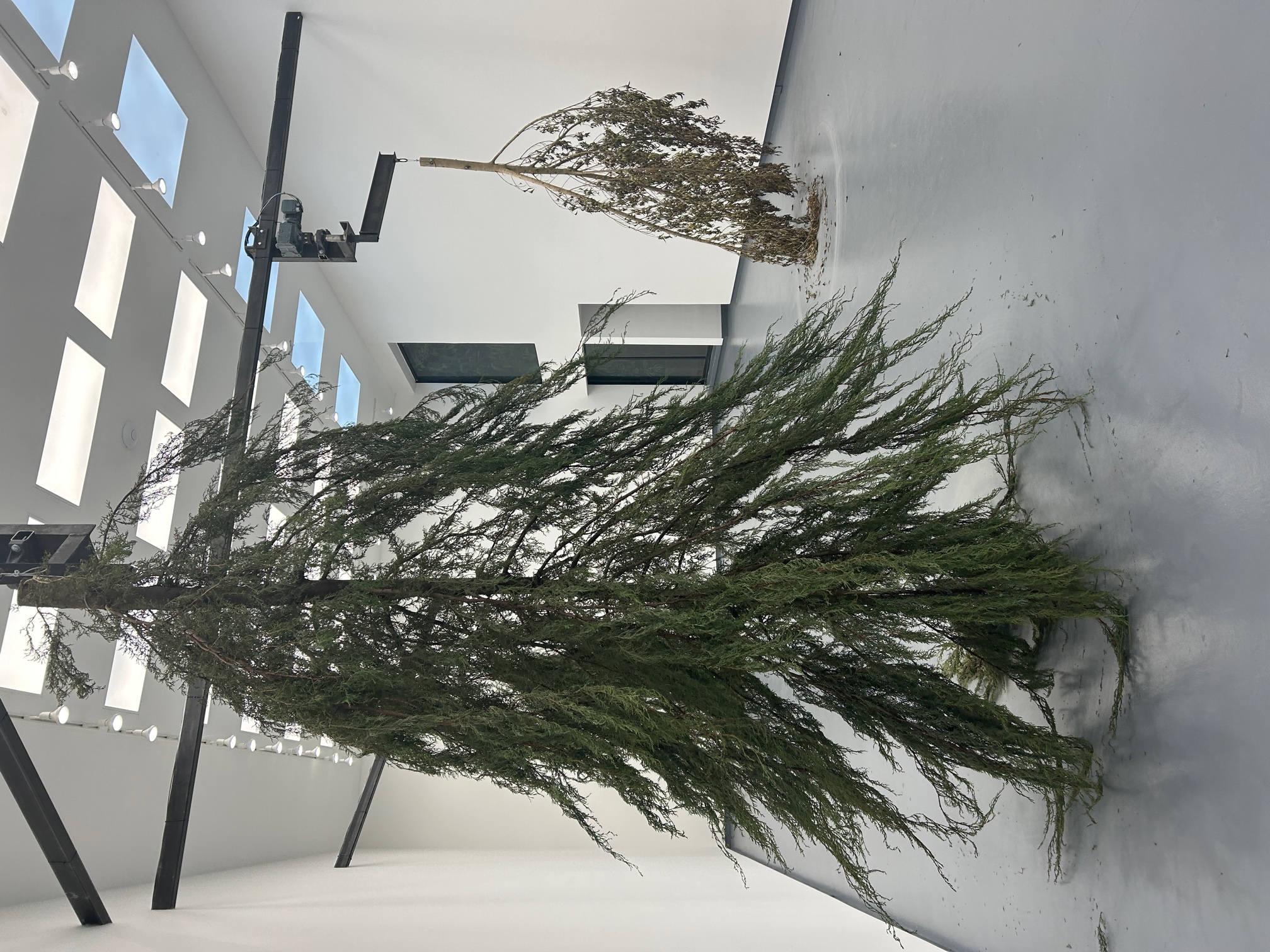 Michael Sailsltorfer: Clearing at Proyectos Monclova in Mexico City. Courtesy of the author.
Michael Sailsltorfer: Clearing at Proyectos Monclova in Mexico City. Courtesy of the author.
Without necessarily being aware of the Vattenfall Contemporary award’s ability to perfectly pinpoint the success of this project, this “re-questioning” and “extending the classical concept of sculpture” is exactly what being in the presence of Forst calls on viewers to ponder. Inside Proyectos Monclova’s white-cube gallery space (with twenty-foot ceilings), visitors find themselves immediately confronted with three larger than life, upside-down trees, slowly and methodically twirling in different directions propelled by giant metal mechanical arms, like dystopian jewelry box ballerinas in an unfolding horror film of climate crisis.
Thematically, the project speaks to the environment. Each time Saillstorfer installs Forst (to date it has been installed in multiple global locations), he instructs to install it with trees that are local to the site of the installation, and that were already fallen or cut down (he does not cut down trees to create the project). At Proyectos Monclova, all three trees in Forst are from the Mexico City area.
Proyectos Monclova’s Director and Senior Partner Polina Stroganova noted that in this version of the installation, two evergreen trees and one deciduous tree are included, because for the artist, three evergreens would look “too Christmas-y.” Forst has also previously been installed with five trees instead of three, and there is no specific instruction regarding the angles or distances at which the trees need to be positioned in relation to one another in any iteration of the installation.
The trees are not all intended to spin in the same direction, as this would look too mechanical. In Proyectos Monclova’s presentation of Forst, the evergreens on the left side of the room orbit counterclockwise, while the deciduous tree between them on the right mirrors with a clockwise rotation.
 Michael Sailsltorfer: Clearing at Proyectos Monclova in Mexico City. Courtesy of the author.
Michael Sailsltorfer: Clearing at Proyectos Monclova in Mexico City. Courtesy of the author.
Forst also speaks to the passage of time. As the trees swirl around, they’re positioned so that they press and drag against the gallery floor in a way that progressively “draws” perfect circular markings around them like protractors. Saillstorfer intends for some of the branches to brush lightly against the gallery walls as well, leaving evolving streaks. Is this mark-making beautiful, or destructive? How intentional is it, versus left to chance? It is a combination of both, and an integral part of the work. The tension between the organic forms of the trees on view, and the way they decay over time inside the gallery, in opposition with the perfect, geometric circles their perpetual movements each create on the surrounding interior architecture, paired with the powerful mechanical metal beams of their spinning support apparati, create a perfect recipe for Sailstorfer’s man/machine-versus-nature metaphor. Sometimes the combination produces beauty, and sometimes it produces destruction.
Representing the best of minimalist sculpture, Forst gives viewers the awe-inspiring physiological sensation by way of proximity to the art, similar to being around a Richard Serra. The scent of the trees, the sound of them brushing against the floor and walls, and the sound of the mechanical mechanisms, all also become a part of Forst’s multi-sensory experience. Visitors are welcome to wander through Sailstorfer’s man-made indoor “forest” and experience themselves as part of the surreal full-room composition. Sailstorfer’s angled metal beams supporting and spinning the trees are a practical choice, but also a clear aesthetic homage to minimalist sculpture’s quintessential incorporation of industrial materials.
Unlike pure minimalist sculpture, Sailsltorfer’s Forst is also kinetic sculpture. If you think of Alexander Calder as the godfather of kinetic sculpture, you might think of kinetic sculpture initially as man-made elements (such as metal, sculpted elements) put in motion by natural forces such as wind or gravity. Forst is the exact inversion of that, as it comprises natural elements (the trees) put into motion by man-made forces (the mechanical arms).
Perhaps the only things that Gabriel De La Mora and Michael Sailstorfer have in common are that they are both well-established talented artists, with very keen eyes for tactfully incorporating nature into their art, even though this manifests in wildly different ways in their practices. One of Sailstorfer’s previous projects included painting a square of earth in a forest with black paint, video-recording it from above as the black paint square eroded over time due to natural elements, and broadcasting the erosion video feed inside a gallery.
By exhibiting Clearing during Zona Maco this year, Proyectos Monclova makes clear that it is a forward-thinking gallery that chose to present itself with an unforgettable institutional installlation, prioritizing its identity, integrity, and experience over sales numbers during a key annual moment in which international eyes are on them. And perhaps, if it hasn’t happened already, a major institution will swing by and acquire the piece. Michael Sailstorfer: Clearing will remain on view at Proyectos Monclova in Mexico City until April 1, 2023.
